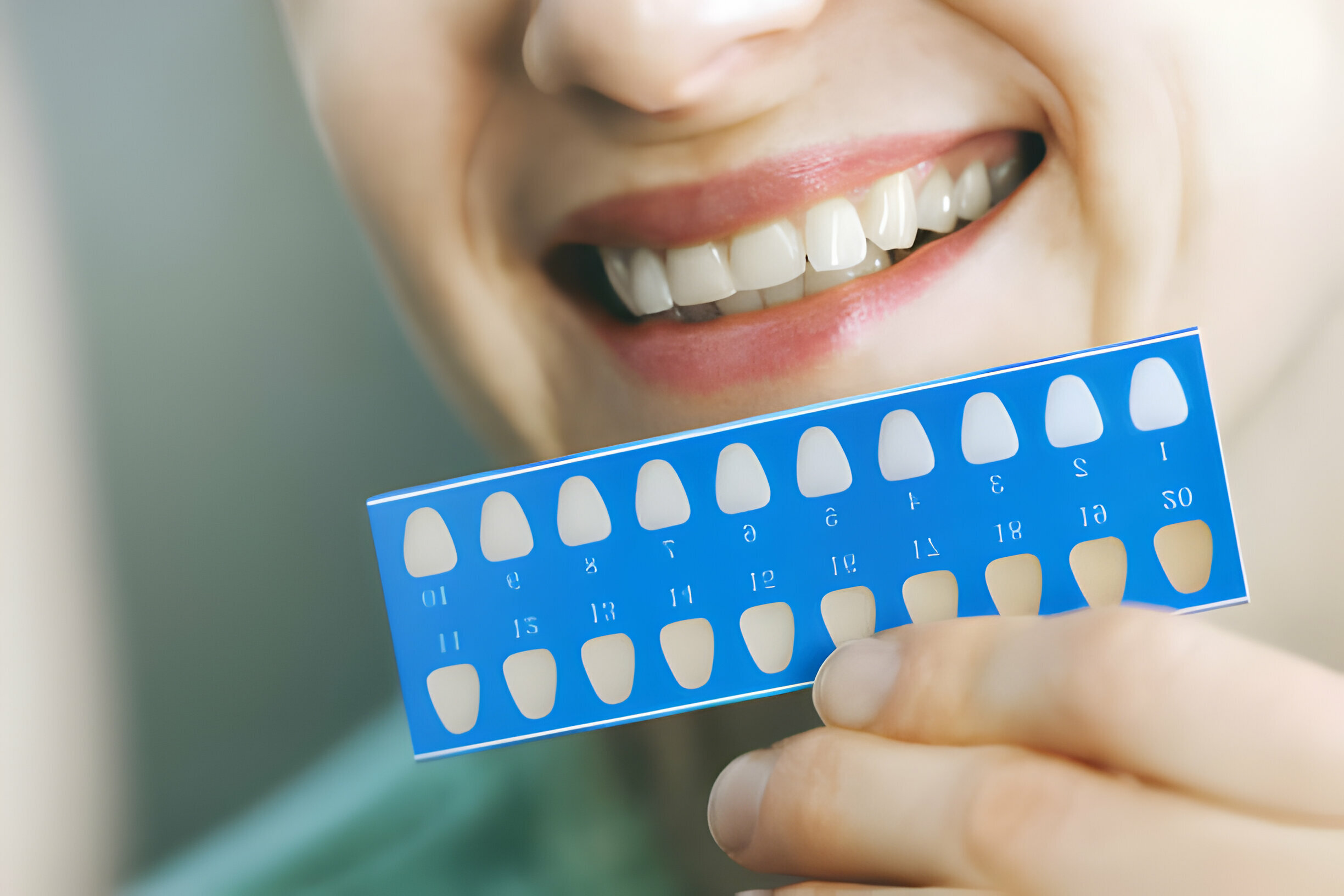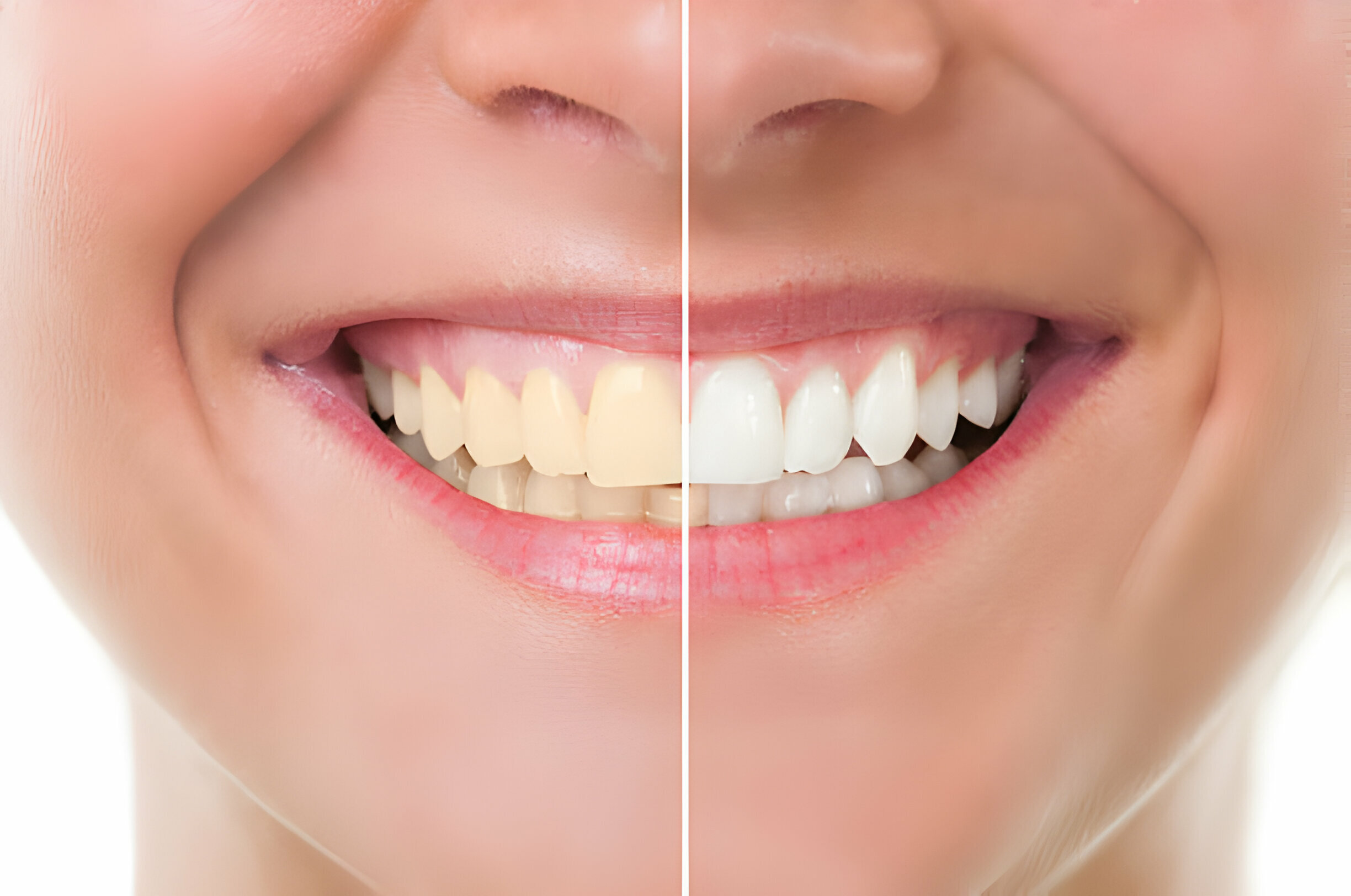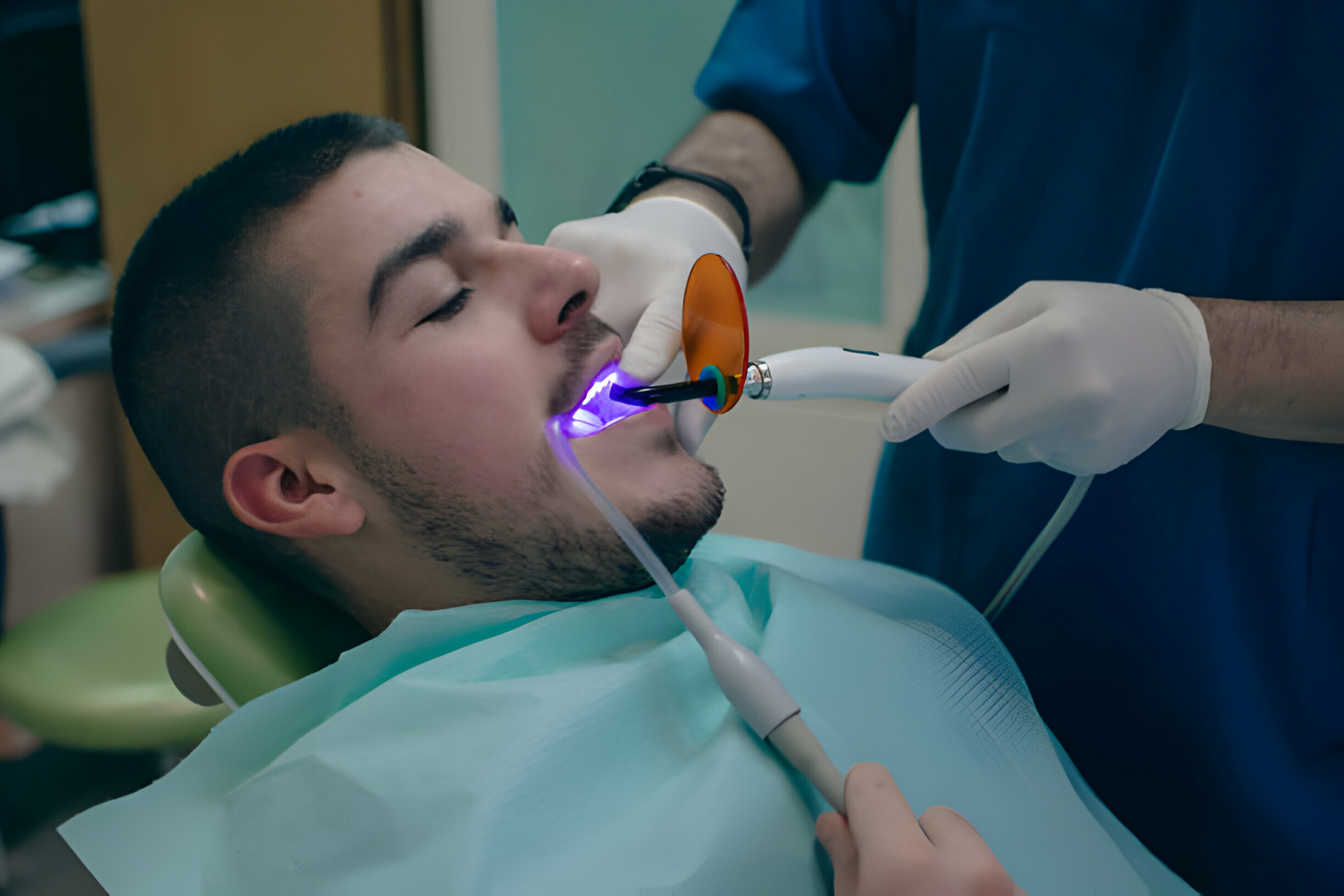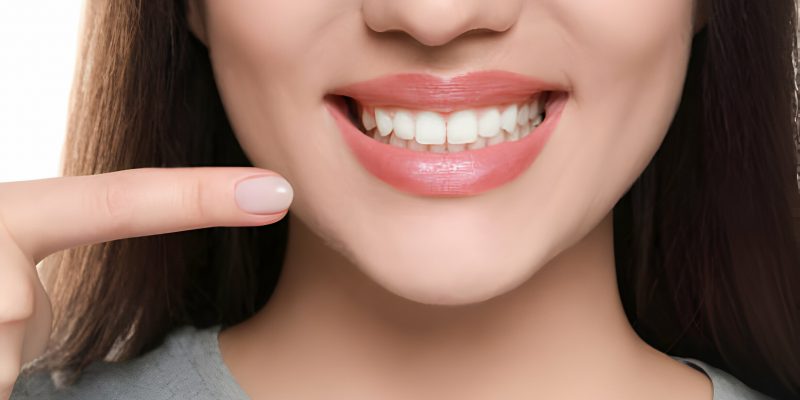Summary:
Did you undergo a teeth whitening treatment recently?
If yes, then you must be beaming with a vibrant smile. An effective teeth whitening treatment exudes confidence and can leave a lasting impression on others.
However, the effects of teeth whitening can fade quickly if you do not maintain your oral hygiene and adjust your lifestyle accordingly. It’s important to ensure that your results withstand the challenges of your eating habits and overall routine.

Keeping the same in mind, this blog closely examines the dos and don’ts of maintaining an effortless smile. So continue reading as we understand more about the treatment with topics like:
- Teeth Whitening – A Comprehensive Overview
- Understanding Teeth Stains: The Culprits Behind Dullness
- The Secrets to Lasting Whiteness: A Multi-Pronged Approach
- Avoiding Common Pitfalls: White Spots and Stains
- How Long Do Teeth Whitening Effects Last?
So continue reading as we learn more about teeth whitening in the following sections.
The Teeth Whitening Process – A Comprehensive Overview
Getting the perfect smile is a journey that involves many stages! Professional teeth whitening follows a list of procedures that help you eliminate the stains and discoloration on your teeth for a whiter, shinier smile.
The process is effortless and straightforward, requiring about one or two sessions. Once you visit your dentist for teeth whitening in Gallup, you will see significant results in a single session, giving your smile a newfound radiance.
However, the days immediately after an in-office bleaching treatment are critical for maintaining these amazing results. You must follow the basics to avoid your teeth being attacked by two major culprits of dullness.
Let’s learn more about it in the next section.
Understanding Teeth Stains: The Culprits Behind Dullness
Before we go into maintenance measures, let’s talk about the enemy of a dazzling smile: dental stains. These undesirable discolorations result from two basic causes:
- Chromogens: Chromogens are pigmented chemicals in food and beverages (e.g., tea, coffee, and red wine). Once you consume such products, they easily attach to your tooth enamel, resulting in extrinsic stains on your whitened teeth.
- Dentin Discoloration: Dentin is a layer that underlies the enamel. Originally white, it gets yellowish as you age or due to intrinsic causes such as medications. Dentin discoloration is a significant issue; you can’t whiten your dentin with normal whitening tips or hacks.
Teeth whitening procedures are great for targeting external stains and chromogens. They are designed to give you a bright smile while protecting it from further dullness and pigmentation.
The Secrets to Lasting Whiteness: A Multi-Pronged Approach
Now that we have an idea of the teeth whitening procedure and the primary agents staining your smile let’s explore some secrets for long-lasting whiteness of your teeth:
Follow the Fundamentals of Brushing and Flossing
This may seem like a no-brainer, but basic dental hygiene is indispensable for a healthy and bright smile. Brushing twice daily for two minutes using fluoride toothpaste and a soft-bristled toothbrush is the key to a good smile.
Flossing once a day eliminates plaque and food particles from between teeth, reducing stain accumulation in difficult-to-reach regions.
Be Good With Your Diet Diplomacy
You are what you consume!
Here’s a food strategy for a radiant smile:
- Consume Bright-Colored Fruits and Vegetables: Celery, apples, pears, and other crunchy fruits and vegetables serve as natural teeth whiteners, gently eliminating surface stains.
- Limit the Stainers: Red wine, tea, coffee, and dark-colored fruit are the key causes of teeth stain. While full abstinence may be unrealistic, moderation is essential. Drinking beverages with a straw reduces contact with teeth, and washing your mouth with water afterward can make a lot of difference.
- Consume Dairy Products: Cheese and milk can help neutralize acidic content in the mouth, leading to discoloration. Consume them in moderation as part of a healthy diet.
Strategic Use of Whitening Toothpaste and Mouthwash
Whitening toothpaste, and mouthwashes, while definitely cannot replace professional Teeth whitening, play an integral role in maintaining your bright smile. Look for products containing gentle bleaching agents or polishing minerals for a subtle whitening effect and stain prevention. Opt for alcohol-free mouthwashes to avoid dryness, which can worsen staining.
Touch-Up Treatments for a Confidence Boost
While it’s not a substitute for teeth whitening by dentists in Gallup, New Mexico, whitening toothpaste and mouthwash can help add that extra dazzle to your smile.
Look for products with light bleaching chemicals or polishing minerals to achieve a modest whitening effect and for stain prevention. Choose alcohol-free mouthwashes to reduce dryness, which can exacerbate discoloration.
Regular Dental Checkups are Your Smile’s Best Friend
Consider using at-home whitening trays or strips between professional treatments to increase whitening results. Consult your dentist to confirm these products are appropriate for your teeth and whitening objectives.

Lifestyle Tweaks for a Whiter Future
Smoking and extensive tobacco usage can severely discolor teeth. Quitting smoking improves your overall health and is an important step toward a brighter smile. Besides, certain drugs may also discolor teeth. Therefore, it’s best to consult your dentist about your concerns.
Avoiding Common Pitfalls: White Spots and Stains
If you have just had teeth whitening, you should be meticulous about keeping certain things at bay.
In this section, we’ve listed some everyday things to avoid after your treatment:
Staining Foods
Following a teeth whitening treatment, it is best to avoid stain-causing beverages and meals with a strong color. Dark liquids like coffee, red wine, and tea, as well as other colored meals like tomato-based sauces and berries, should be taken in moderation.
White Spots After Whitening
Excessive fluoride exposure or demineralization is a leading cause of white patches on teeth following whitening. To avoid these spots, it is advisable to follow a balanced oral care regimen using fluoride toothpaste, and limiting your fluoride consumption from other sources. Additionally, regular check-ups will help guarantee that other concerns are addressed promptly.
Debunking the Myth
There’s a common myth among patients opting for teeth whitening: “Toothpaste and orange juice are a big ‘NO’ after teeth whitening.”
While you must practice caution with both, this is a widespread misconception. Toothpaste is mildly abrasive and does not instantly reverse the benefits of whitening. Meanwhile, modest consumption of orange juice shouldn’t be a concern.
Moderation is Key
We don’t recommend extensive avoidance. Remember, maintaining results depends on how wise you are when it comes to choosing your eating habits and lifestyle.
How Long Do Teeth Whitening Effects Last?
In-office tooth whitening is only effective for a limited time. Depending on the individual, it can last anywhere from a few months to three years. If you smoke or consume red wine, tea, or coffee, the look will fade with time and leave stains in your smile’s natural dentin. You should regularly undergo fluoride cleaning treatments to ensure the success of your teeth whitening process.

If you believe your yellow teeth are beginning to show again, you might seek touch-up treatments. Touch-up treatments are vital for keeping your natural teeth looking their best and can help restore your teeth’s natural luster.
Takeaway
- Professional teeth whitening follows a list of procedures that help you eliminate the stains and discoloration on your teeth.
- Following a teeth whitening treatment, avoiding stain-causing beverages and meals with an intense color is best.
- Flossing once a day eliminates plaque and food particles from between teeth, reducing stain accumulation in difficult-to-reach regions.
- Toothpaste is mildly abrasive and does not instantly reverse the benefits of whitening.
- Are you still trying to understand the multi-faceted possibilities of teeth whitening? Don’t worry; let the Sundance of Gallup experts help you today!

